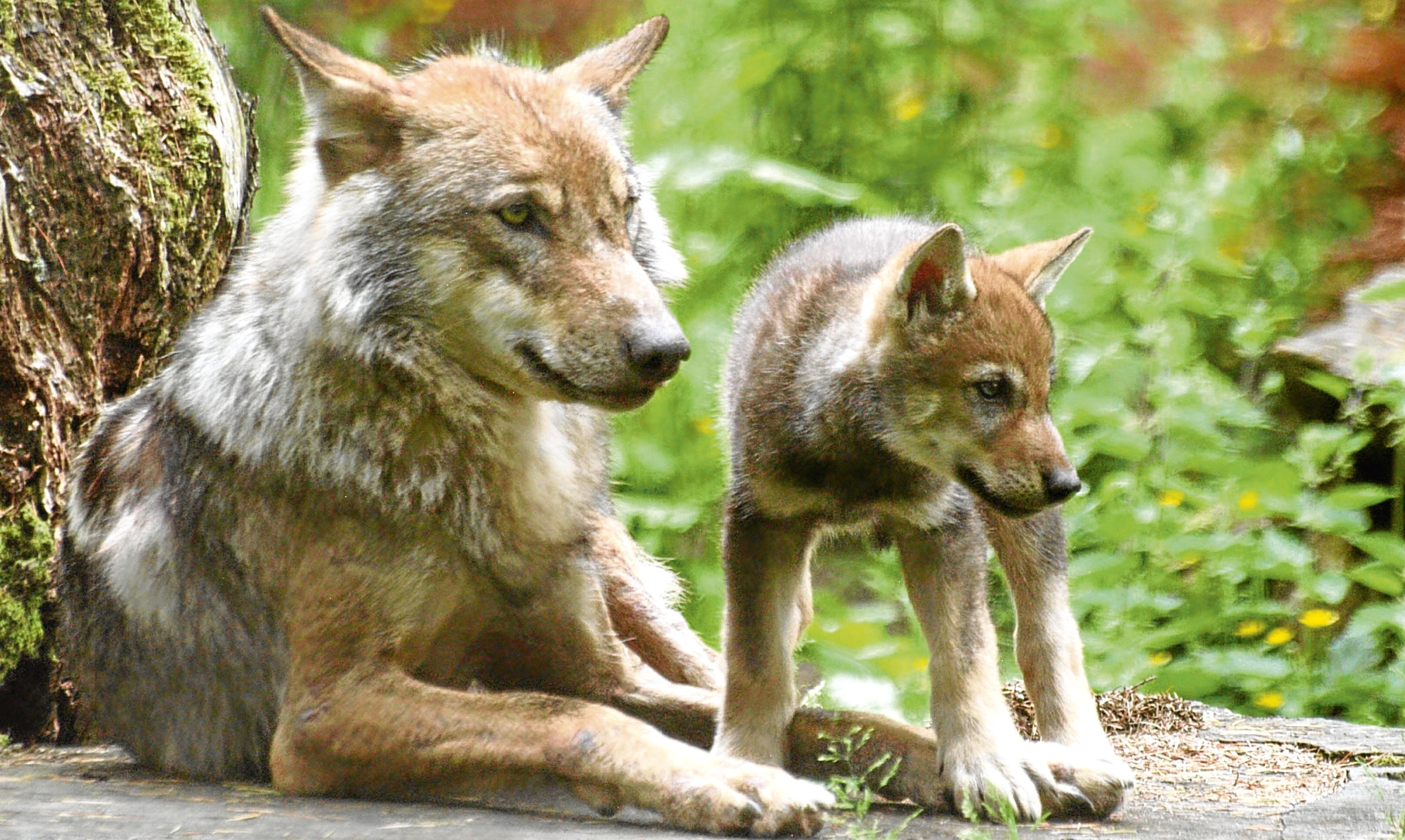Strange how the very mention of the word “wolf” does things to people. I never really understood the expression “fake news” until two letters appeared in The Courier in response to my suggestion that a natural solution involving wolves should form part of the debate about deer management.
I have always been reluctant to use this column to respond to readers’ letters, which are themselves responses to something I have written. After all, I have got my retaliation in first.
Nor do I have a problem when readers disagree with me. Debate is healthy, the lifeblood of a newspaper like this one. I like to hear the dissenting voice when it is well informed and thoughtfully considered.
But the reason I chose to return to the wolf this week is that I do have a problem when facts have not been permitted to interfere with the presentation of that counter-argument.
I don’t advocate the return of the wolf lightly. I have done and continue to do my homework. I have listened to some of the world’s leading wolf biologists from North America, Norway and Poland and I’ve had long conversations with them. I’ve followed developments in Denmark, France, Spain and Italy.There are a dozen different books about wolves in my bookshelves and I have read them all, some of them many times. I wrote one of them. So I do have some idea of what I’m talking about.
I appreciate the sensitivities around the issue of wolf reintroduction and I expect there to be a reaction when I write about it – and I welcome it. But in this case, I could have wished for it to be better informed.
It was suggested, among much else, that Scotland would need several thousand wolves to do the job of men with guns; that men with guns can be very effective; that a landscape of heather moorland “shaped by deer” is better than a wooded landscape and dramatic views are not possible if there are trees in the way; that I am anti-deer and obsessed by wolves; and that the words “wolf” and “rational” cannot be adjacent in a discussion about land management in Scotland. And I see Scotland’s uplands as my playground, “to be decorated with exotic beasts”.
There is nothing exotic about a wolf. It is a native of Scotland whose tenure goes all the way back to the ice age until it was made extinct by people a little over 200 years ago.
A hundred wolves in something between five and 10 packs would transform Scotland. Red deer have forgotten how to behave like red deer in the wolf-less years. The very presence of wolves on the ground would ignite their race memory instantly.
In particular, wolves keep deer herds constantly on the move so they can no longer browse particular landscapes to the bone.
An instant consequence is regeneration. Then comes an increase in biodiversity, then the health of the herd improves, then woodland begins to return naturally.
And here the argument about deer shaping a treeless landscape of moorland and deer forest comes apart at the seams.
The red deer is a forest animal. It has been driven to a life on the open hill by guess what – men with guns. The devastating combination of Highland Clearance, which flooded the land with sheep, and then the Victorian fad for grouse moor and deer forest has obliterated the red deer’s natural habitat.
The Scottish landscape should be well-wooded. It isn’t, because men with guns don’t want it that way. Because red deer in a forest are much harder to shoot.
Finally, here are the words of the man who knows more about wolf reintroduction than anyone else in the world – Doug Smith, who masterminded their return to Yellowstone, the world’s first national park:
“A longstanding goal and ideal for park management is to return our protected areas to their most primeval, natural state. There has been considerable debate… over what constitutes natural, but wolves are not part of this debate. Without question wolves are the essence of wild nature or, if you choose other words, the fundamental aspect to what is natural. It is well known what our landscapes are like without the wolf, so well known it turned some of our greatest biological minds…towards wolves as a subject of study and as a defining feature to what was wild nature. So Yellowstone, the mother park, wolf-less since 1926, and despite its other world-renowned accolades, was without the beating heart of wildness. But through nothing short of near miraculous, timeless efforts, wolves were reintroduced to Yellowstone in 1995 and 1996.”
And the words “wolf” and “rational” are inseparable in nature’s vocabulary.
